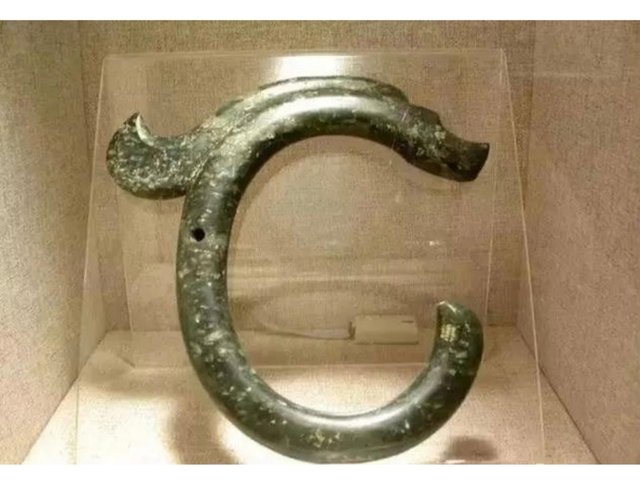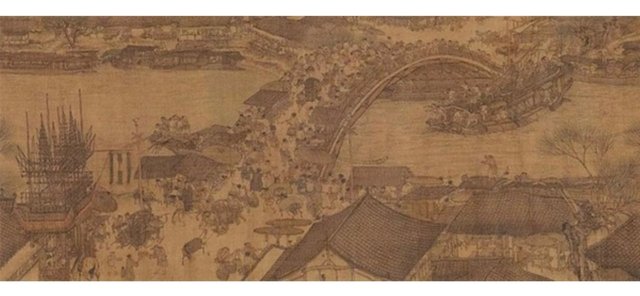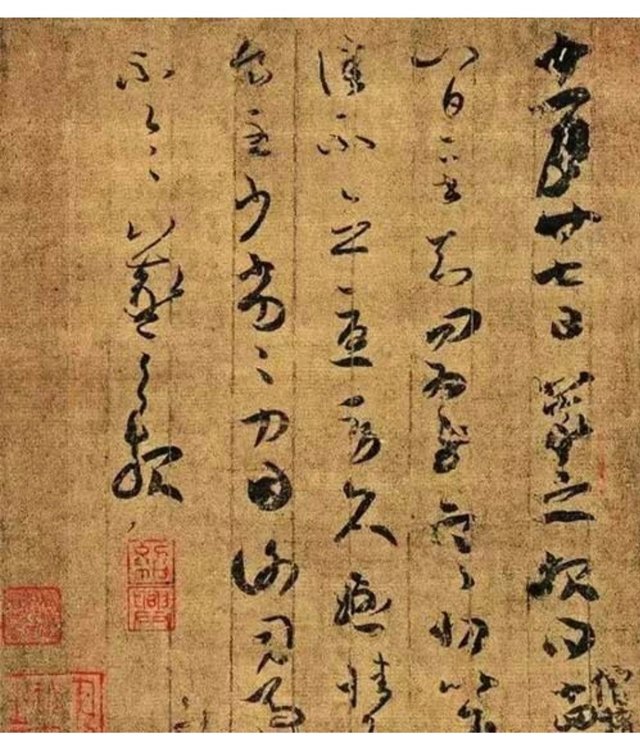
Garbage in your eyes is a precious treasure in the eyes of others. In China, there have been countless antiquities, even national treasures, scattered in the folk, considered garbage and waste.
Garbage in your eyes is a precious treasure in the eyes of others. This saying is very suitable for use in the world of archeology and preservation of cultural relics. In China, there used to be countless antiques, even national treasures, scattered among the people, considered trash and waste. But by some lucky coincidence, they were discovered, kept and preserved.
The following national treasures are examples of the arduous process of returning “waste” to a museum.
Ngoc Tru Long belongs to Hong Son culture
In August 1971, Zhang Fengxiang (Chinese character Zhang Fengxiang), a resident of Sanxing Tala village in the Wengniute region of Inner Mongolia, suddenly discovered a cave filled with stone blocks in the woods.
Out of curiosity, he decided to explore the cave. At the bottom of the cave, Fengxiang found what looked like an iron hook, but at the time he was not interested in the object. After returning home, Fengxiang thought carefully, even if it was scrap metal, he could sell it for money. So he went back to the cave and got the “scraper block”.
However, Zhang Fengxiang did not sell it to the waste collection station, but took it to Wengniute Cultural Center.
At that time, the Hong Son culture had not been discovered. The staff of the Cultural Center also did not know what the piece of iron was, nor did Zhang Fengxiang know how much it cost. An employee there intentionally paid Fengxiang 30 yuan to buy the item back. Later, people learned that this is a precious artifact of the Neolithic period.
Minh Thanh ascended to the top of the Northern Song Dynasty

As a picture painted in the Northern Song Dynasty, “Ming Thanh Upper Ha Tu” has a history of nearly a thousand years, and at the same time also undergoes a continuous process of wandering from the palace to the folk, then from the people. entering the palace. In 1911, Minh Thanh Thuong Ha Map, which was kept in the Qing palace, was then stolen by Pu Yi to the Northeast of Manchuria. In 1945, when Japan failed, Manchuria was abolished, Puyi fled. A large number of treasures were destroyed. It is said that Minh Thanh Thuong Ha Do was burned during the war.
But surprisingly, in 1951, when cultural scholar Duong Nhan Khai was cleaning the Northeast Cultural Museum, he found this painting of Minh Thanh Thuong Ha Map among a bunch of scraps.
“Han set card” by Vuong Hi

Han Tiet Card is considered a sacred calligraphic work of the famous calligrapher of the Eastern Jin Dynasty – Vuong Hi. The pen is simple but the warning is extremely sublime. The calligraphy was taken out of the palace by Pu Yi at the beginning of the last century, then disappeared for many decades.
In the 1960s, many folk paintings were gathered at the garbage collection station, and most of them were thrown into the mixer and turned into pulp. As an appraiser in the field of cultural relics, Luu Quang Khoi’s mission is to rescue precious cultural artifacts from junk, as difficult as finding a needle in a haystack.
A coincidence happened, when Luu Quang Khoi was in a waste collection station on Thai Ho Street, Ha Tay area, Tianjin, and discovered a paper reel with a special appearance. When he opened it, Mr. Liu was very surprised to find out that it was two famous calligraphic letters of Vuong Hi. One is “Han Tie Card” and the other is “Intervention” , both are calligraphy treasures of Wang Xi that were lost by Pu Yi.